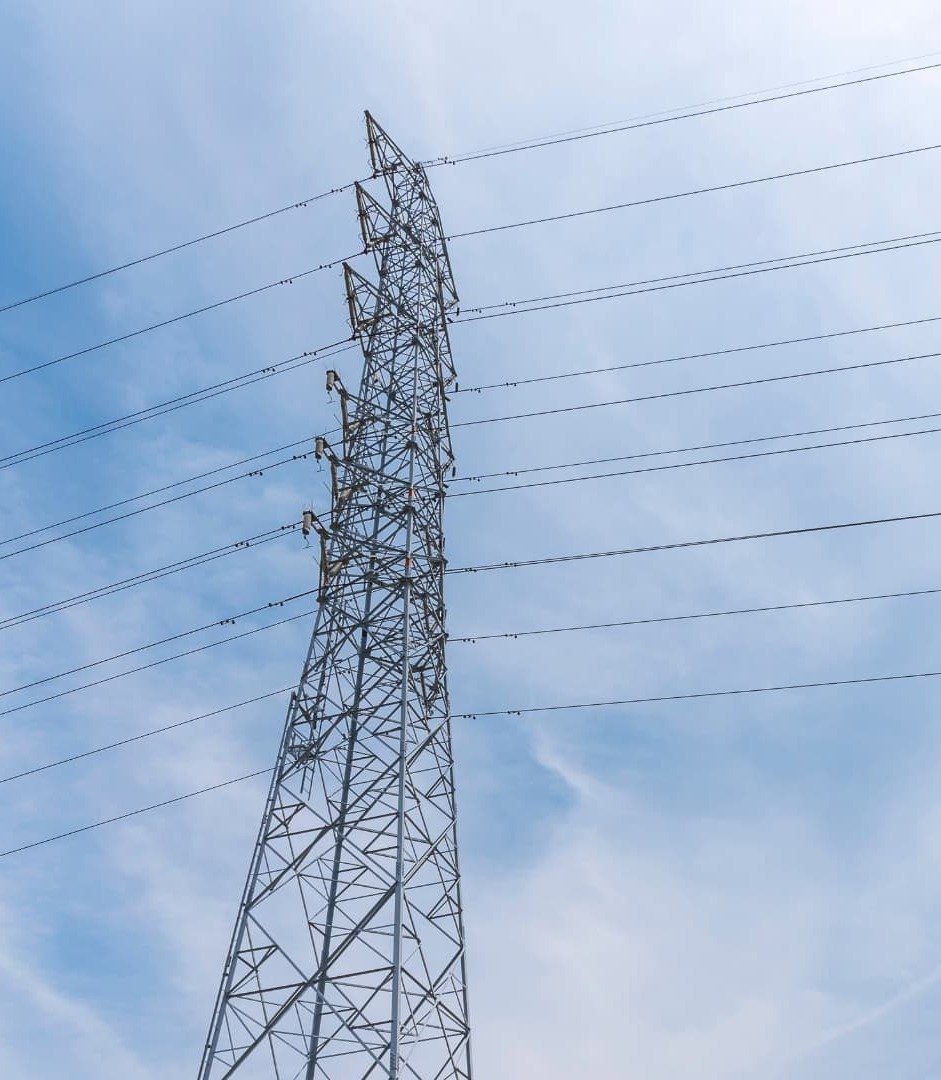If only there was one answer.
Companies in the non-telecom world just need obvious physical presence or a quantified economic presence to be required to collect and remit sales tax. In telecom, a company incurs sales tax obligations wherever they have customers; tax jurisdictions reason that a telecom must use infrastructure to deliver products and services, aka “attributional nexus.”
Such a wide net of nexus, fees and registration requirements makes telecom one of the most complex industries for sales tax. For providers and others in telecom, combined tax rates often greater than 30% meaning potential exposure is substantial, as are penalties.
A lot of players
Many agencies and agencies have their hands out to telecoms.
Federal regulatory obligations are administered through Universal Services Administrative Company (USAC, a private corporation operating under the oversight of the Federal Communications Commission). The most common regulatory fee is the USF (Universal Service Fund), administered by USAC (Universal Service Administrative Company). The USF fee is calculated by applying a contribution factor to the assessable revenue. This contribution factor changes quarterly and is 36.6% for 2Q25.
A far-flung customer base using widely varied products and services can expose a telecom to taxes from not just states but many cities and counties that levy telecom taxes, 911 fees, utility taxes and license fees. Aside from federal excise tax, telecommunications providers can also be taxed in almost every state, even in some of the NOMAD states that don’t even have a statewide sales tax like Delaware and New Hampshire.
These taxes may include sales tax, communications services tax, gross receipts tax, business and occupation (B+O) tax and utility users tax. Each service may have a different tax treatment in each state; Pennsylvania’s telecom tax is based on gross receipts from telegraph and telephone messages transmitted within the state, for instance.
Most taxes are administered by states’ departments of revenue and local jurisdictions; these taxes may be known as sales tax, communications services tax, utility users tax or local license tax, among others, and are calculated by the nature of the transaction and the type of product/service sold. In California, to name one state, sales tax doesn’t apply to telecom services but numerous cities and counties apply their municipal utility tax. And the landscape changes frequently: In Missouri, an Appeals Court has finally resolved that voice calls made over the internet are as taxable as voice calls made over hard wire and that a local license tax applies.
State regulatory requirements are administered through the Public Service Commissions (PSC) or Public Utility Commissions (PUC). Providers of a service regulated by the states will need to either register with or obtain an appropriate license from the respective PUC or PSC. Most states require local exchange providers to obtain a license, just over half the states require in-state long distance to seek licensure, and roughly half the states now require VoIP and Wireless providers to register. Providers of international telecommunications services are also required to obtain FCC Section 214 Authorization, aka a “214 License.”
Startups and companies with minimal assessable revenue do have a de minimis threshold for not contributing to the USF; upstream carriers charge such companies the USF fee and they pay the fee directly to USAC. Even de minimis providers, however, must register with USAC and obtain a filer ID.
Classification question
Information technology companies, including telecoms, face an initial problem over deciding what they sell and the product’s taxability. Do they sell Software as a Service (SaaS)? Provide an information service? Provide a telecom service? Do the sales involve physical tangible personal property or electronic delivery? Tech and telecom companies typically bundle products and services, which can make them hard to classify.
For sales tax purposes, providers’ telecom services and products can be tangible personal property, digital goods, telecom, SaaS or mixed services. A first task to determine sales tax and regulatory obligations is breaking down (aka “optimizing”) products and services, which are likely bundled:
- Identifying the product/service and technology used to deliver it.
- Accurate transaction type mapping. How do you break the parts of your product or service offerings into categories that can be mapped within the tax engine for accurate taxation?
- Assigning allocations by transaction type to create the amount of tax obligation.
Above all, telecom companies shouldn’t underestimate their potential sales tax obligations (and traps) in perhaps the most regulated industry out there.
For more information about tax compliance for telecommunications companies, including billing and proper ways to invoice, see our eBook Ten Steps to Telecom Tax Compliance.
For more on telecom, tech and sales tax, check our webinar, “Deciphering Tax Obligations: Accurately Defining Your Technology Solution for Tax and Regulatory Compliance.”
TaxConnex is expert when it comes to navigating the taxes associated with telecommunication and VoIP companies. Contact us to stay on top of this ever-changing environment.
Publisher: Source link
